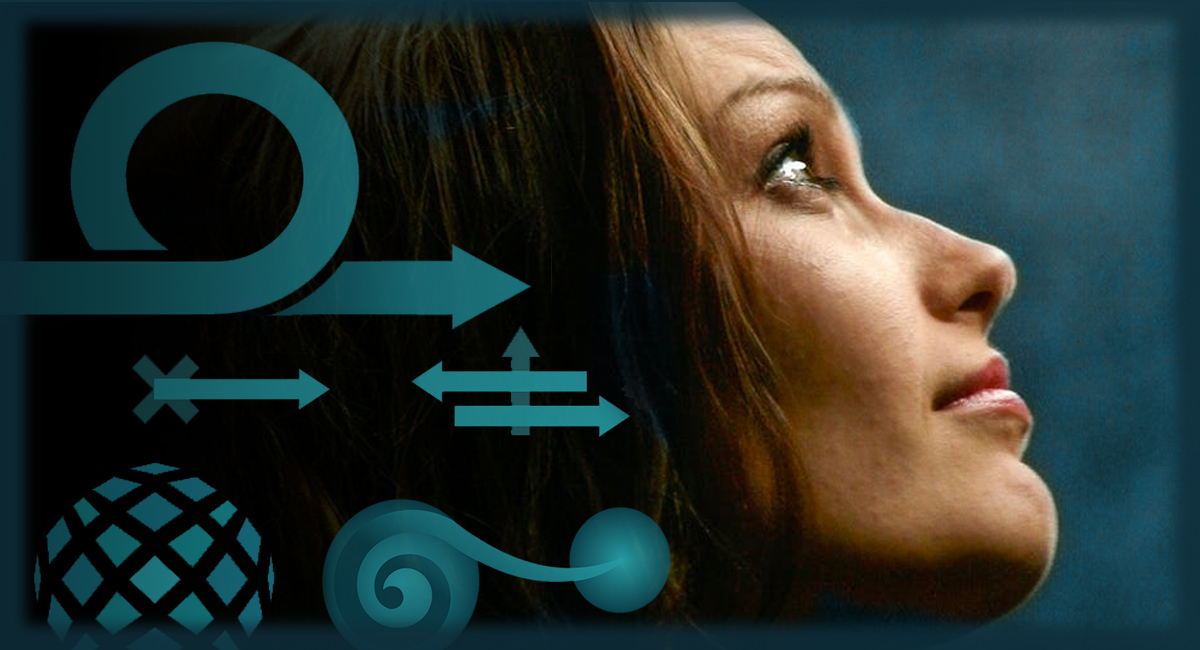
 0 saved
0 saved
 19.4K views
19.4K views








As you start to consciously use use and apply more mental models in your life, ensure that you avoid the common pitfall of building a 'list' rather than a 'latticework'.
A list has separate items that stand in isolation from one another. By its nature, the items on that list will be harder to remember and less impactful.
In contrast, a Latticework of Mental Models is an integrated approach to thinking where mental models combine with, challenge, or supplement one another. It's an example of the sum being more than its parts and is more of a mindset and approach than it is an exercise in simple recollection.
This is explored more deeply in a presentation by Arun on developing mental agility below:
So how can you build your Latticework of Mental Models effectively? Here are some tips to get you started.
1. Consider use cases.
When you read about a new model, ask yourself 'what would this look like in my world?' or, 'how might I have used this over the last three months?' The second question focuses on the past to help you get specific with a potential 'use case'. You might consider applying Journey Mapping or Jobs To Be Done Framework to your own situation to make this clearer.
2. Identify a trigger.
Looking forward, consider what triggers might drive you to use the model. Is it about making a simple decision? Communicating with someone? Prioritising? Innovating? What's the trigger where you will remember to use the model? And yes, this does reference The Habit Loop.
2. Make connections.
Effective learning is largely about building on and connecting with prior knowledge. Isolated, unrelated information or mental models simply won't last in your mind, let alone be applied. Instead, when learning a new model ask 'how does this relate to other models I know and use?' And don't worry, that's why we've created a bunch of these Playbooks to help.
3. Write down your thoughts.
Even after you identify how and where you'll apply the model and how it relates to other models, it's likely you're going to forget it. Use the notes function on each page to get the most from each model to capture these points and your broader thoughts on how you'll use it. These notes are only viewable by you, and are an essential way you can personalise and integrate new models into your thinking and your context.
4. Use the Learn function.
For more help remembering the new model, save it into your latticework and then use the ModelThinkers learn function, in the menu above, to commit it to memory. Read more about how the learn function works here.
5. Explore new combinations and case studies.
Our final tip is to learn from others. You can do this by reading the in practice section on the models as well as the examples we profile. In addition, if a particular model catches your attention use the comments section to start a conversation about it, share how you are using it, and seek other people's examples. Basically, be sure to learn with the ModelThinkers' community for best results.
That's it — Here are the models mentioned in this post and video that you can explore more and link through to.
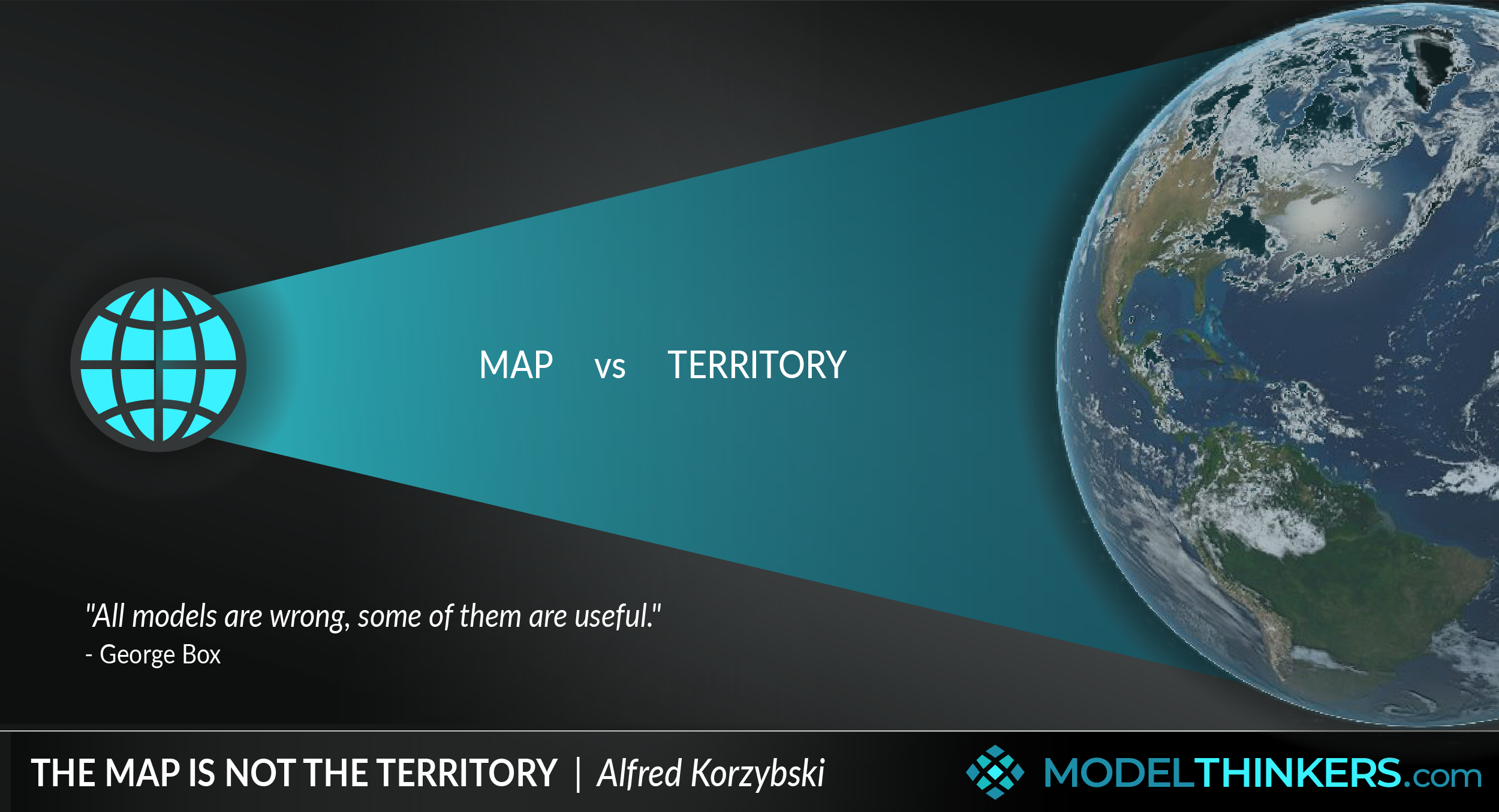
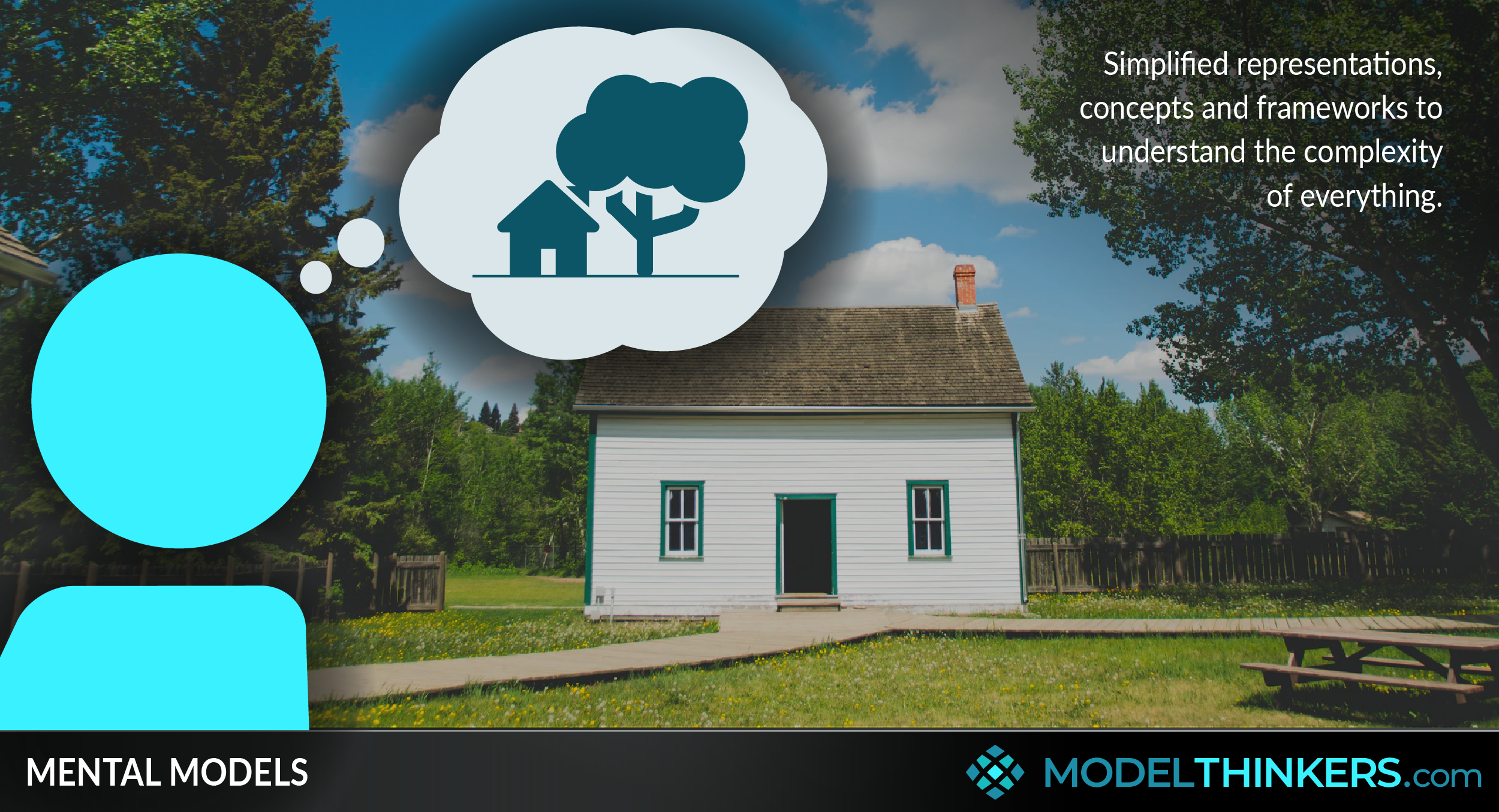
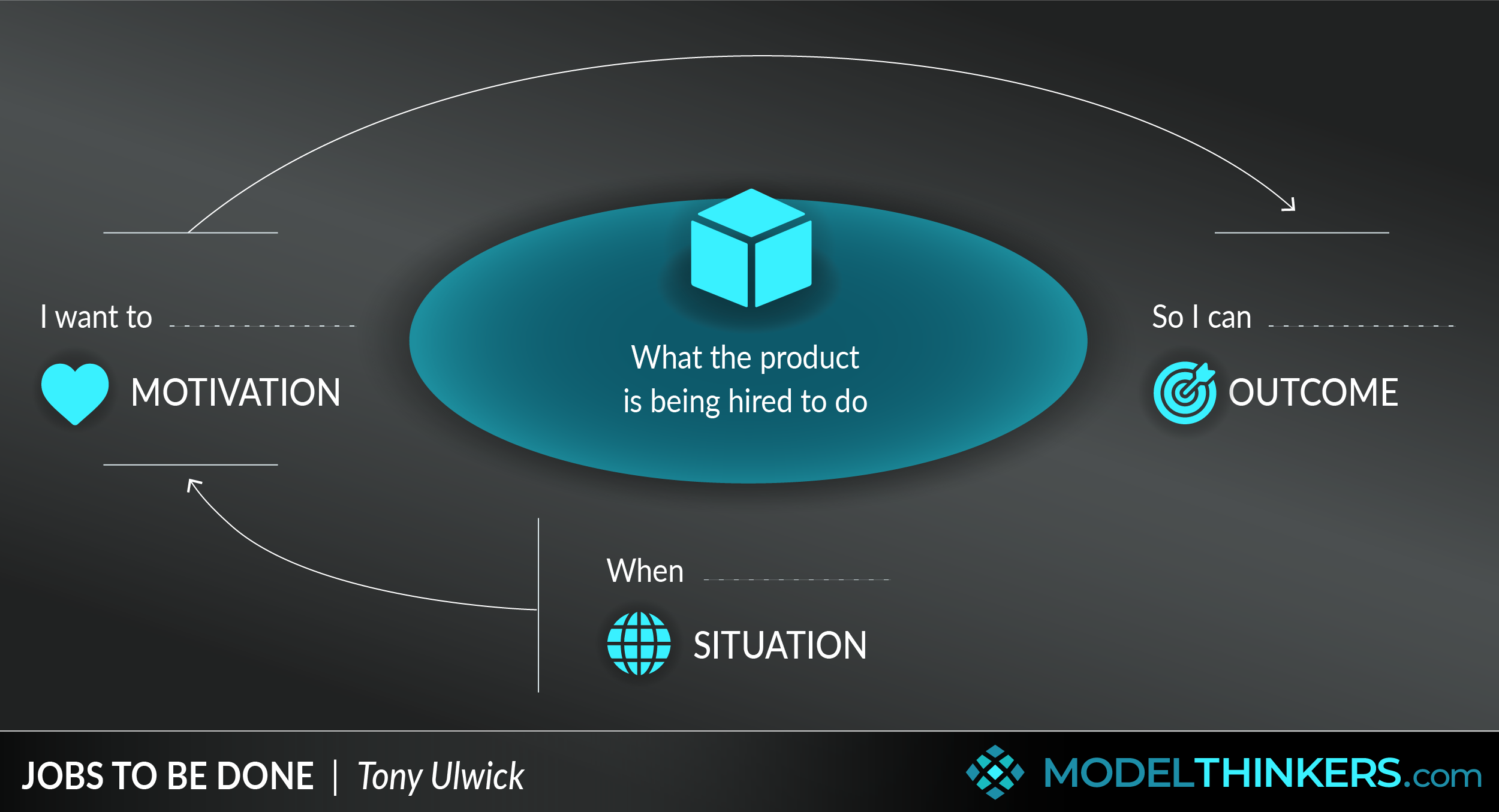
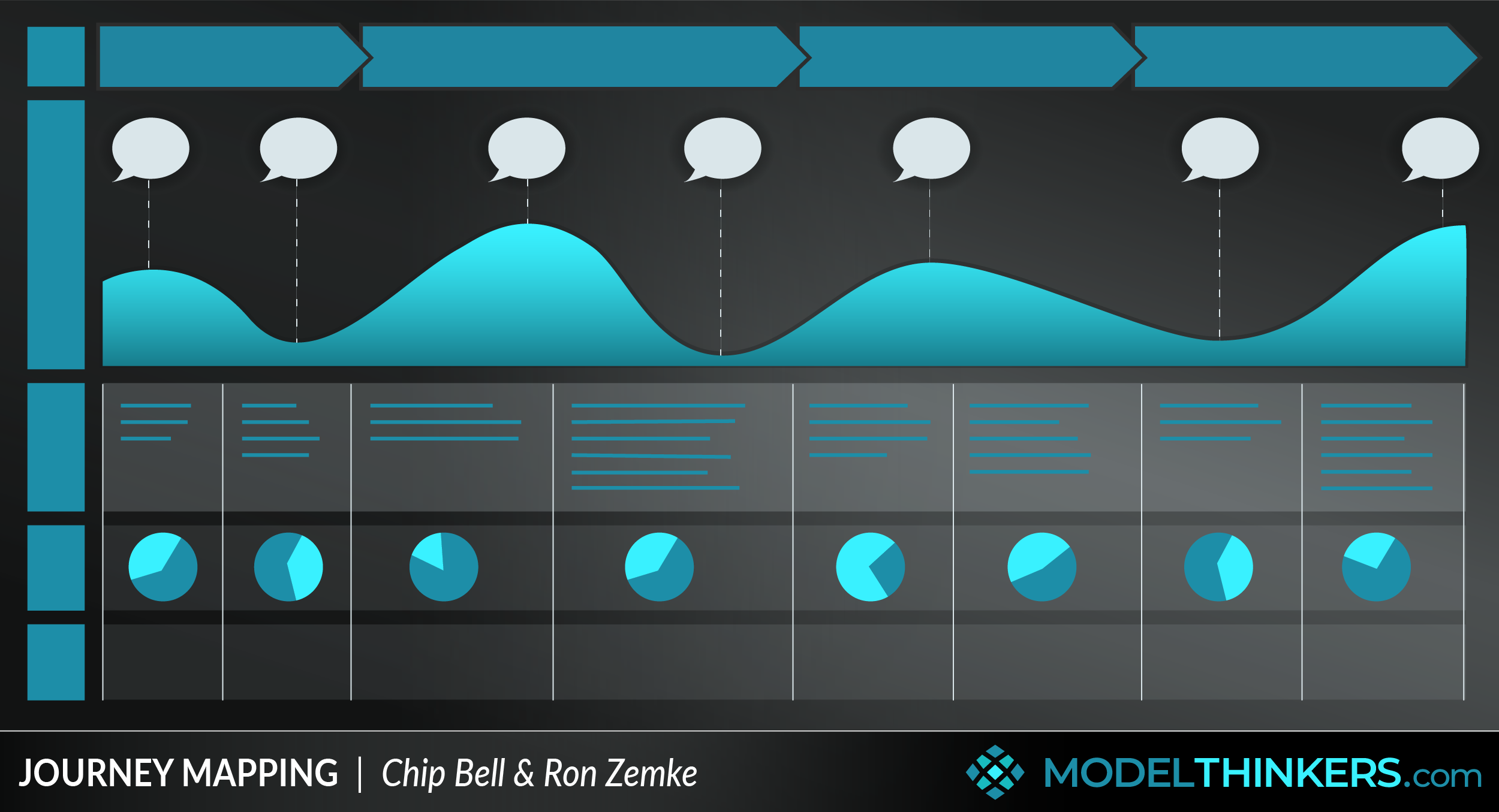
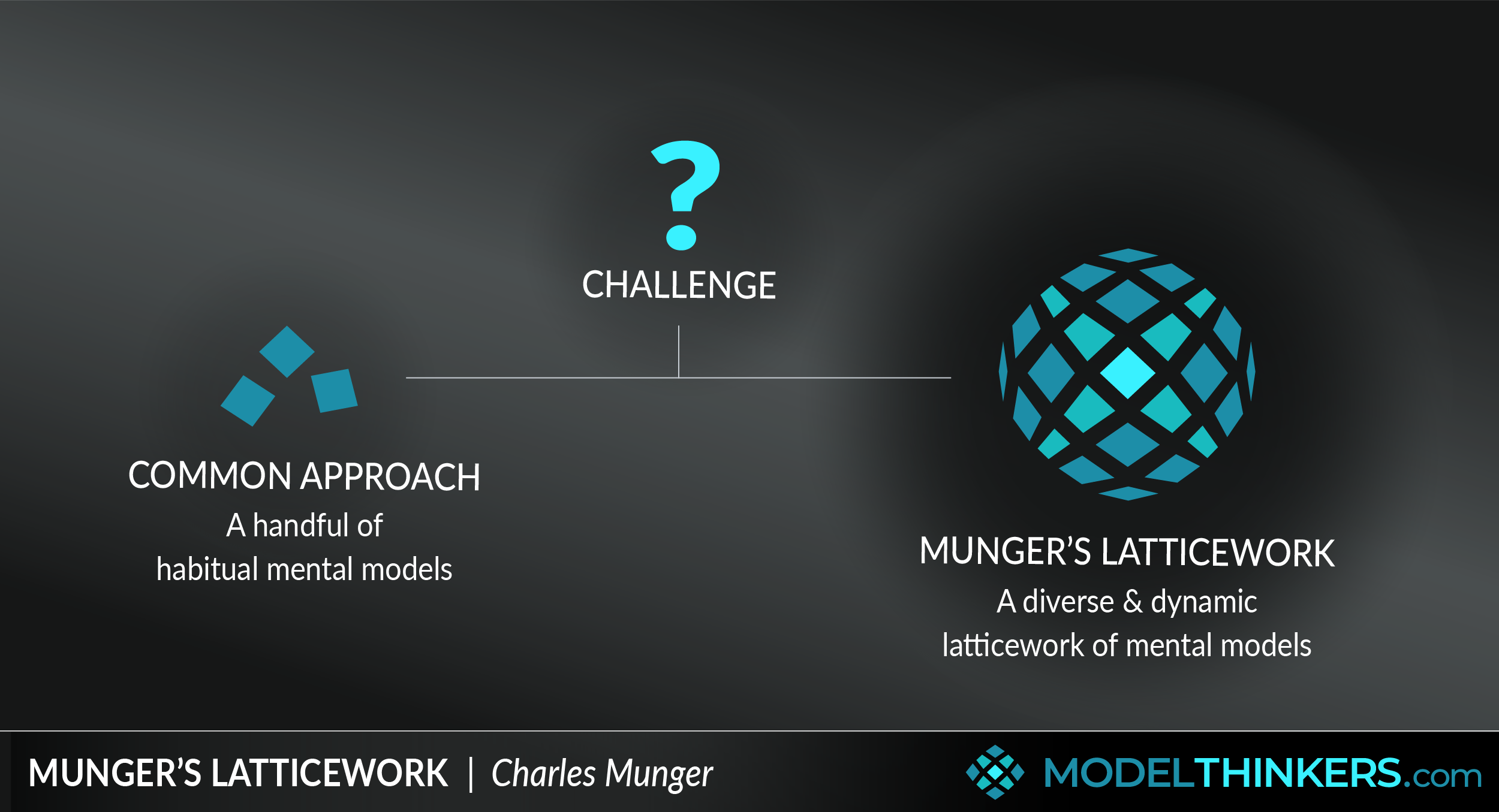
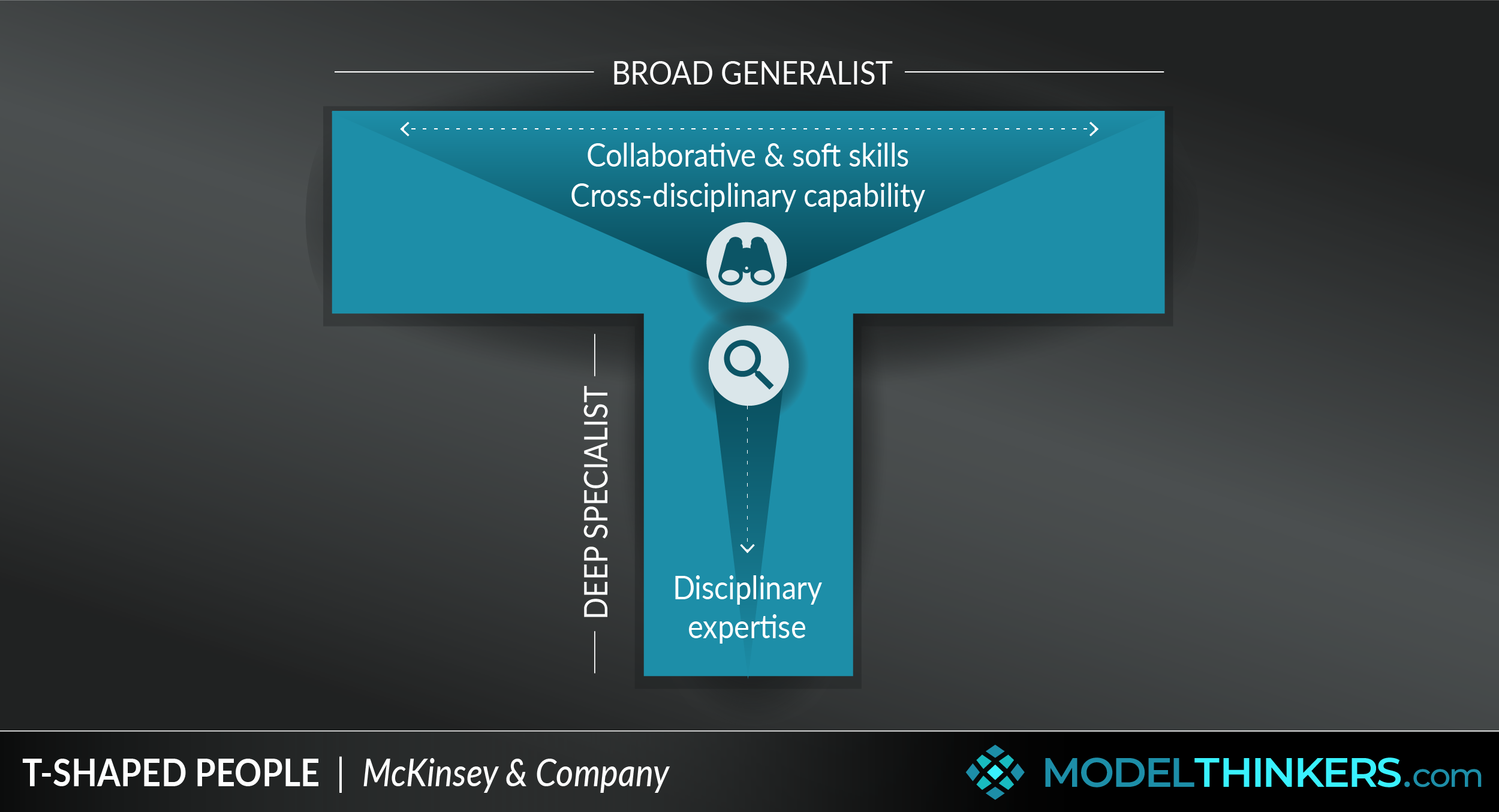

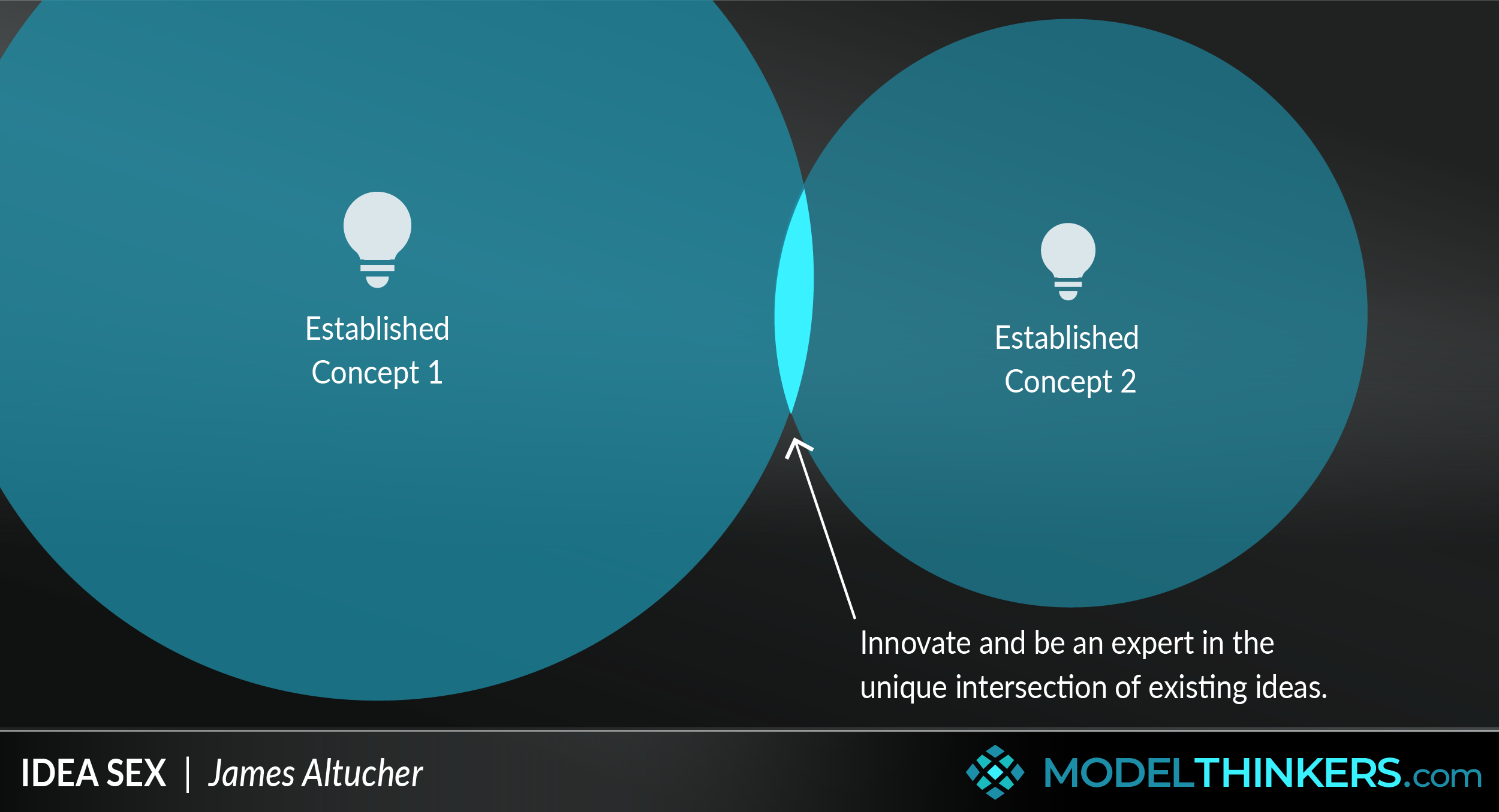
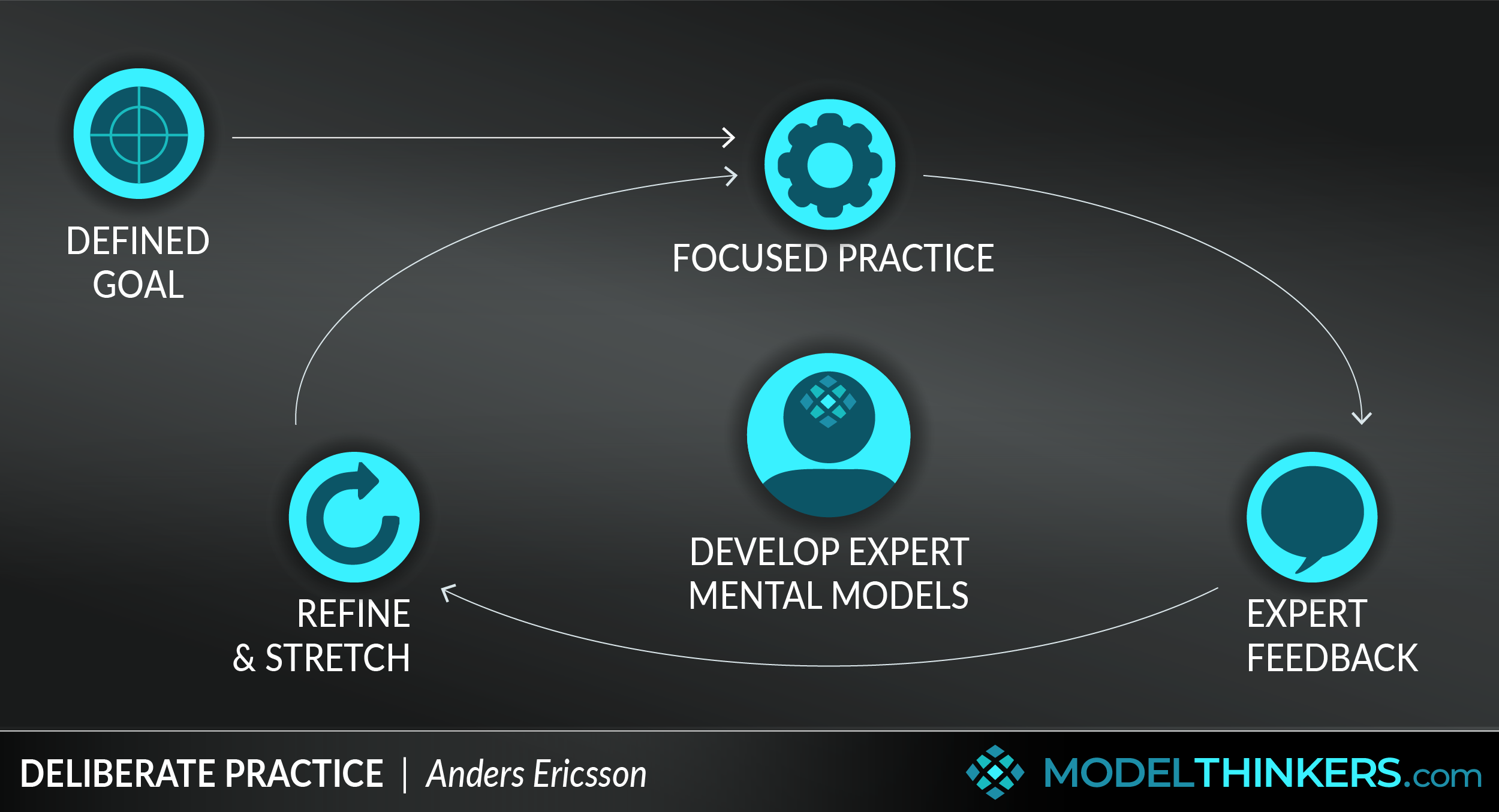
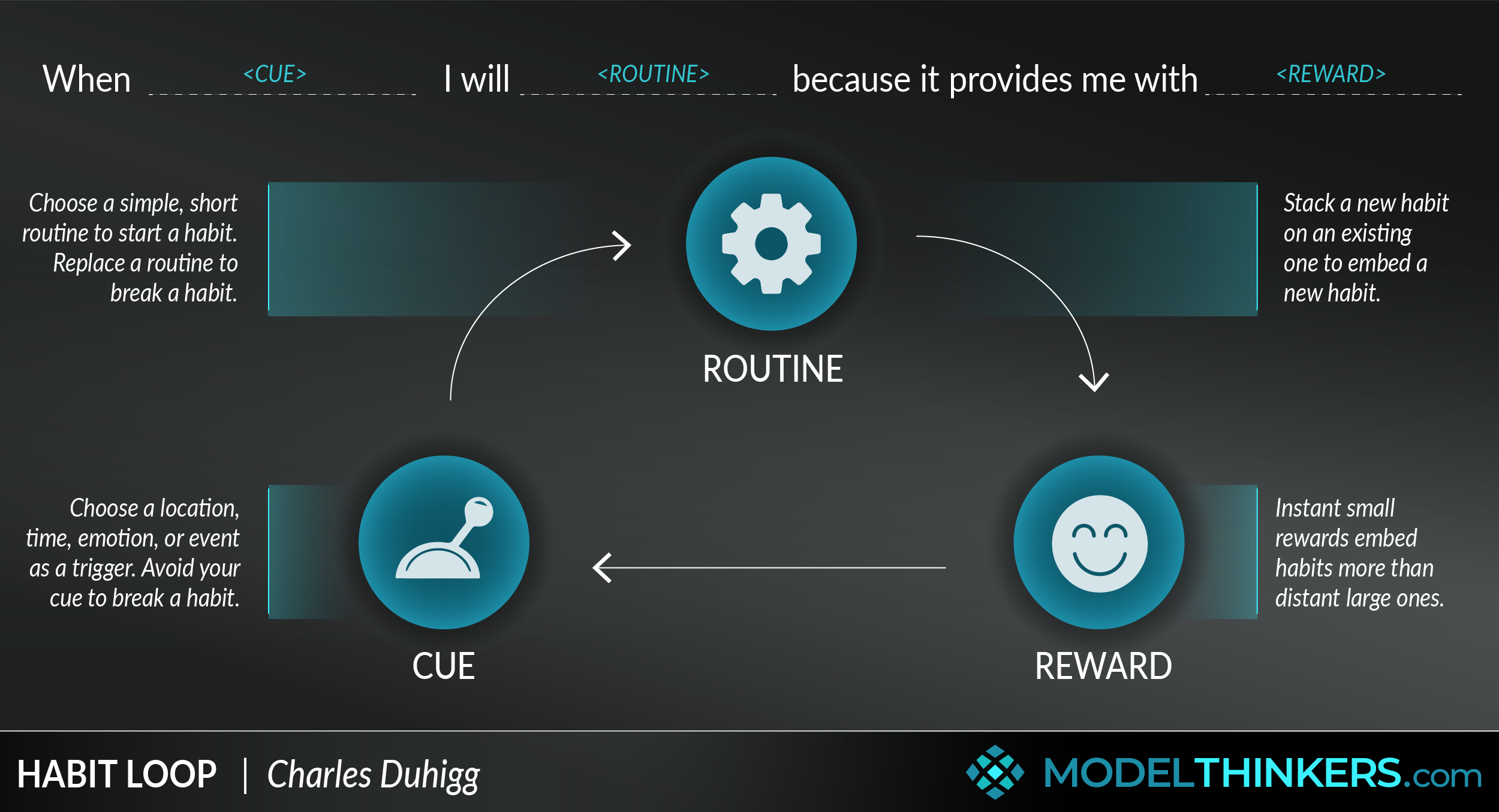
Premium content
Please do login or sign up to see premium contect
Subscription expired!
Please renew your subscription to access this feature.
 My Notes
My Notes
